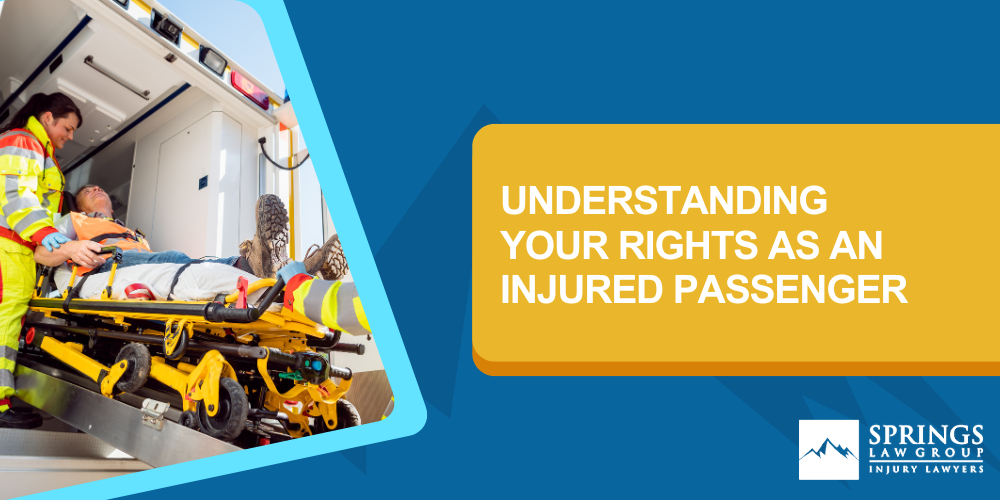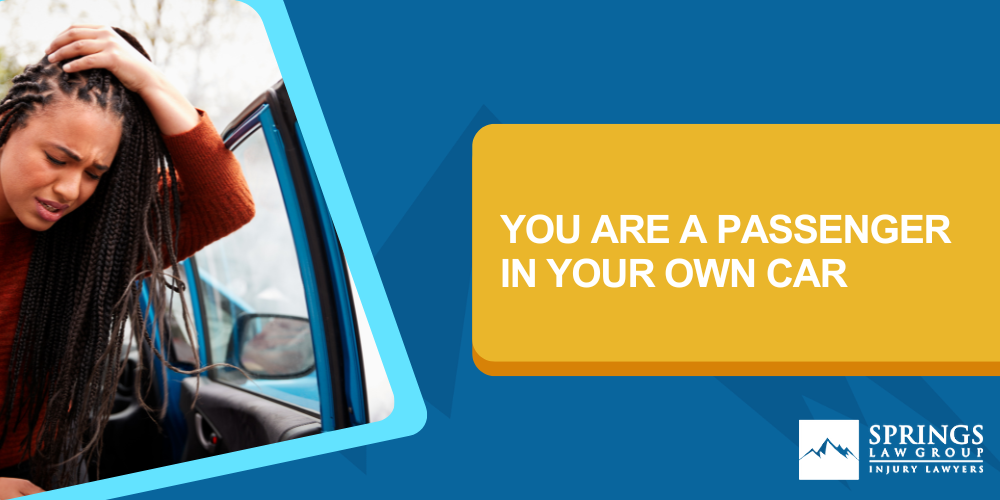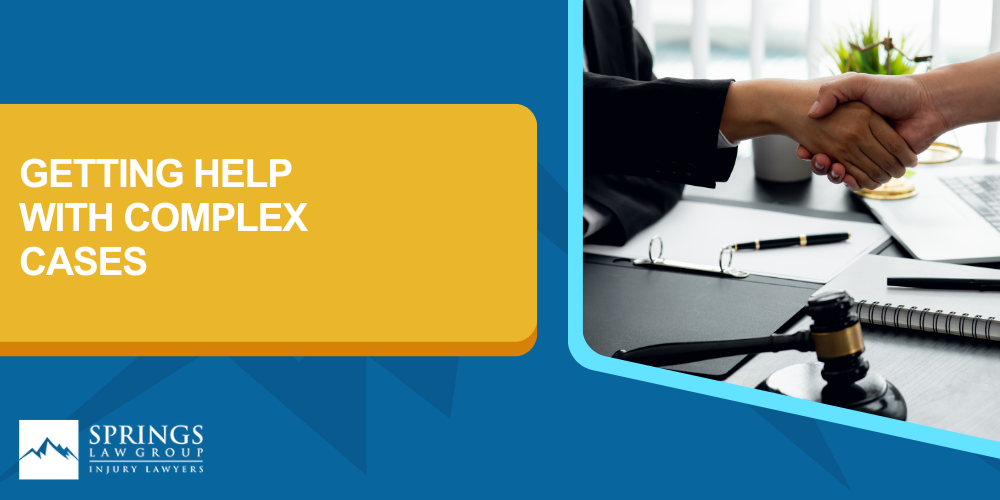Understanding Your Rights as an Injured Passenger

After a motor vehicle accident between two drivers, there’s often a dispute about who caused the crash and whether there is any shared liability. But when it comes to passengers, they are almost always innocent. They are simply in the wrong place at the wrong time. However, in some ways, being compensated for injuries as a passenger can be more complicated and difficult than for a driver. At Springs Law Group, we are here to help. Never try to tackle the insurance companies alone.
Options for Passenger Compensation

After a crash, passengers have several options for compensation, each carrying its own unique challenges. Who pays will depend on who is at fault and which insurance policies are available.
Other Driver at Fault (Properly Insured)
If the other vehicle’s driver was 100 percent to blame for causing the crash, then the passenger should file a claim with that driver’s insurance company.
Other Driver at Fault (Underinsured)
If the other driver carried insurance, but it was not enough to cover all of your injuries, you may need to look to the insurance policy your own driver carried to see if they have an underinsured motorist policy. These policies pick up the difference between the coverage available for the other driver and the cost of compensating you fully for your injuries.
Other Driver at Fault (Uninsured)
If that driver is uninsured, the next step would be to file a claim with the insurance company that insures the driver of the vehicle in which the passenger was riding. Of course, this assumes your own driver carried uninsured motorist coverage. If not, your final option is to file a claim with your own uninsured motorist coverage, if applicable.
Your Driver at Fault (Properly Insured)
If the person driving you was adequately insured, you will file your claim with their insurance company under their liability coverage.
Your Driver at Fault (Underinsured)
If your driver was not adequately insured but was at fault in causing the crash, you will need to determine whether you have personally opted to carry underinsured motorist insurance. If so, your own insurance company may have a contractual duty to pick up the difference.
Your Driver at Fault (Uninsured)
If you find yourself in the unfortunate position of being injured in a car accident where your own driver was at fault and was uninsured at the time, you will need to explore whether your own auto insurance covers uninsured motorist injuries. If you do not have a car or carry no insurance for other reasons, you may be out of luck.
Other Driver and Your Driver Share Liability
As is common in many cases, both drivers may have some responsibility for causing the crash. If so, as a passenger you will want to file claims against both drivers’ insurance companies. The companies will then have to apportion liability between them in determining the appropriate shares to pay.
You Are a Passenger in Your Own Car

Finally, there are situations where you may be a passenger in your own car, but your own driver causes the crash. When this happens, you will likely need to file a claim with your own insurance company but also with the driver’s insurance company. These can present challenging situations, especially if the person you let drive was not listed on your policy. Colorado law allows certain individuals to be excluded from policies. If you allow an excluded individual to operate your vehicle, you could be left unprotected.
Getting Help With Complex Cases

No matter how complex the insurance claim, the attorneys at Springs Law Group are here to help. We can work to protect your rights and offer real and practical solutions throughout your case to help you recover faster. Call or visit us online to set up your own free case evaluation today.
